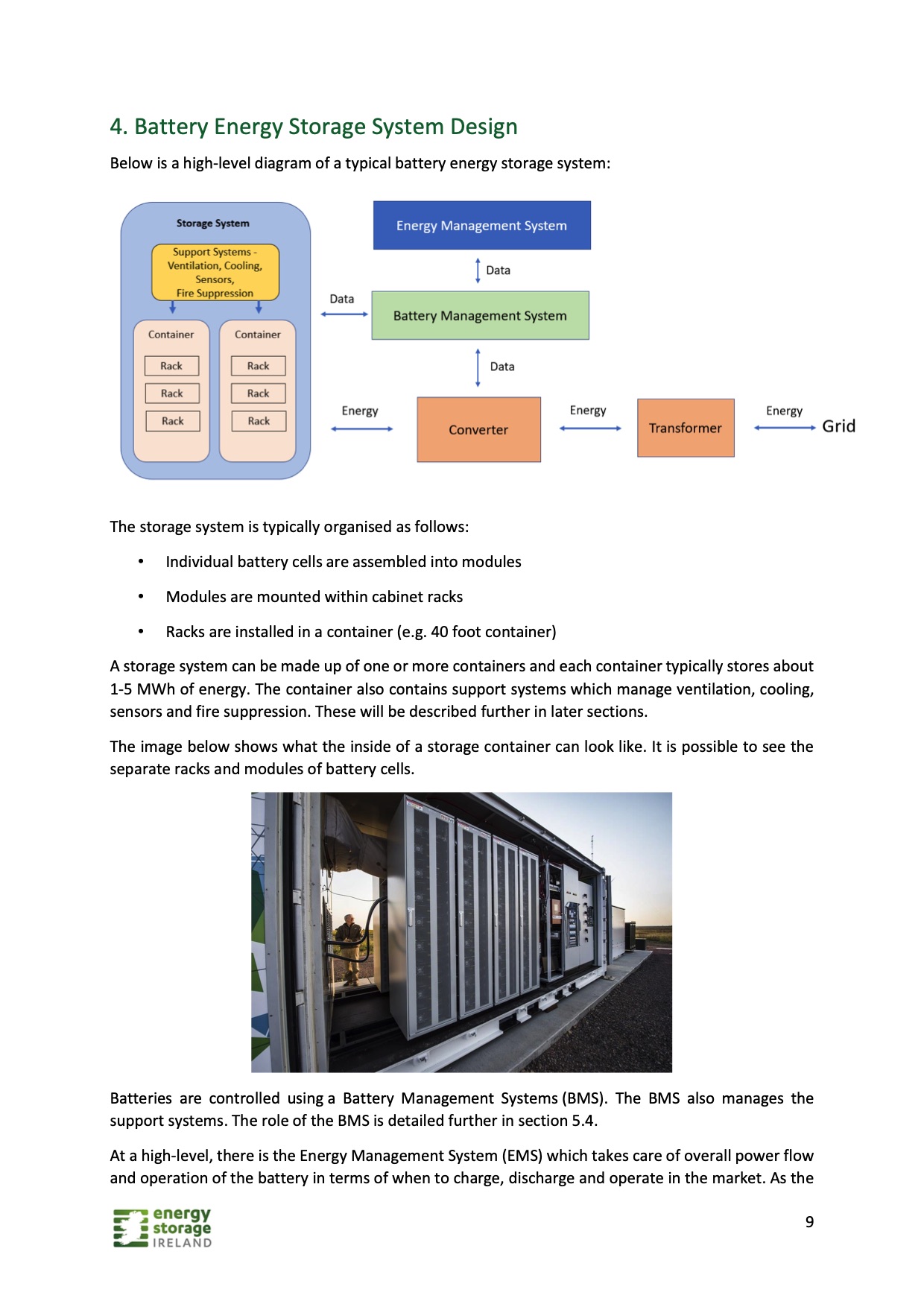
Safety of Grid-Scale Battery Energy Storage Systems
|
|

Safety of Grid-Scale Battery Energy Storage Systems |
|
Grid Scale Storage Publications Search
Search Lithium Fire Publications search was updated real-time via Filemaker on:
Search Lithium Fire Publications | Return to Search ListSearch Completed | Title | Safety of Grid-Scale Battery Energy Storage Systems
Original File Name Searched: Safety-of-Grid-Scale-Battery-Energy-Storage-Systems-July-2021.pdf | Google It | Yahoo | Bing
 Page | 009 4. Battery Energy Storage System Design |
Search Contact: greg@infinityturbine.com